Archives
- 2025-11
- 2025-10
- 2025-09
- 2025-03
- 2025-02
- 2025-01
- 2024-12
- 2024-11
- 2024-10
- 2024-09
- 2024-08
- 2024-07
- 2024-06
- 2024-05
- 2024-04
- 2024-03
- 2024-02
- 2024-01
- 2023-12
- 2023-11
- 2023-10
- 2023-09
- 2023-08
- 2023-06
- 2023-05
- 2023-04
- 2023-03
- 2023-02
- 2023-01
- 2022-12
- 2022-11
- 2022-10
- 2022-09
- 2022-08
- 2022-07
- 2022-06
- 2022-05
- 2022-04
- 2022-03
- 2022-02
- 2022-01
- 2021-12
- 2021-11
- 2021-10
- 2021-09
- 2021-08
- 2021-07
- 2021-06
- 2021-05
- 2021-04
- 2021-03
- 2021-02
- 2021-01
- 2020-12
- 2020-11
- 2020-10
- 2020-09
- 2020-08
- 2020-07
- 2020-06
- 2020-05
- 2020-04
- 2020-03
- 2020-02
- 2020-01
- 2019-12
- 2019-11
- 2019-10
- 2019-09
- 2019-08
- 2019-07
- 2019-06
- 2019-05
- 2019-04
- 2018-07
-
br A selective inhibitor of
2022-02-22
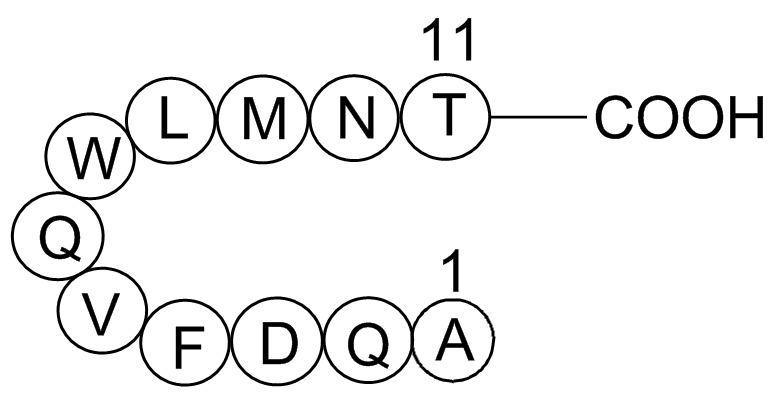
A selective inhibitor of mammalian histone deacetylase, trichostatin A, reduces GnRH mRNA expression Epigenetic mechanisms controlling GnRH expression have been reported, and these mechanisms may be involved in the development and maturation of GnRH neurons in the brain (Gan et al., 2012, Kurian
-
Pregnancy per AI results at
2022-02-22
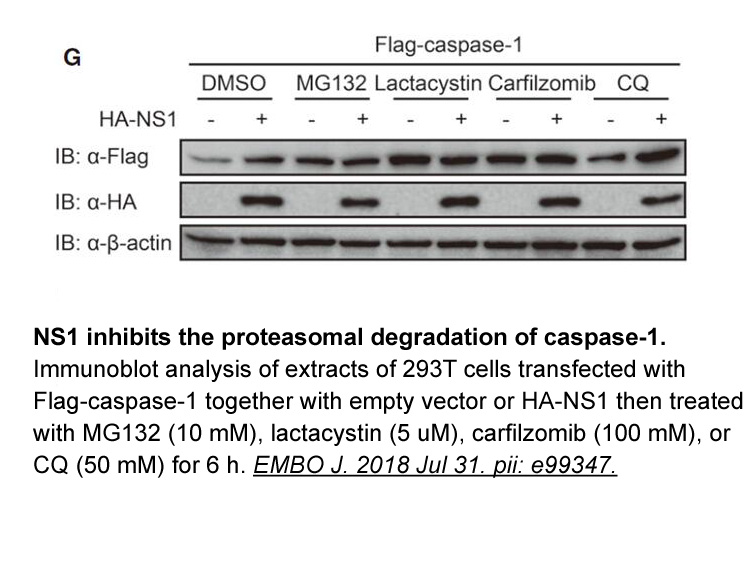
Pregnancy per AI results at 32 days post TAI tended to differ among GnRH products and was greater for FER and CYS than FAC according to the Tukey-grouping analysis statistical approach (Table 1). In addition, P/AI was greater for cows treated with gonadorelin diacetate products than for cows treated
-
br Acknowledgements The authors are grateful for funding
2022-02-22

Acknowledgements The authors are grateful for funding provided by the Health Research Council of New Zealand. Introduction Glucose is the most important energy carrier of the brain. Glucose transporter type 1 (Glut1) is located at the blood–brain barrier and assures the energy-independent, fa
-
Most excitingly we found the increased cells hold
2022-02-22
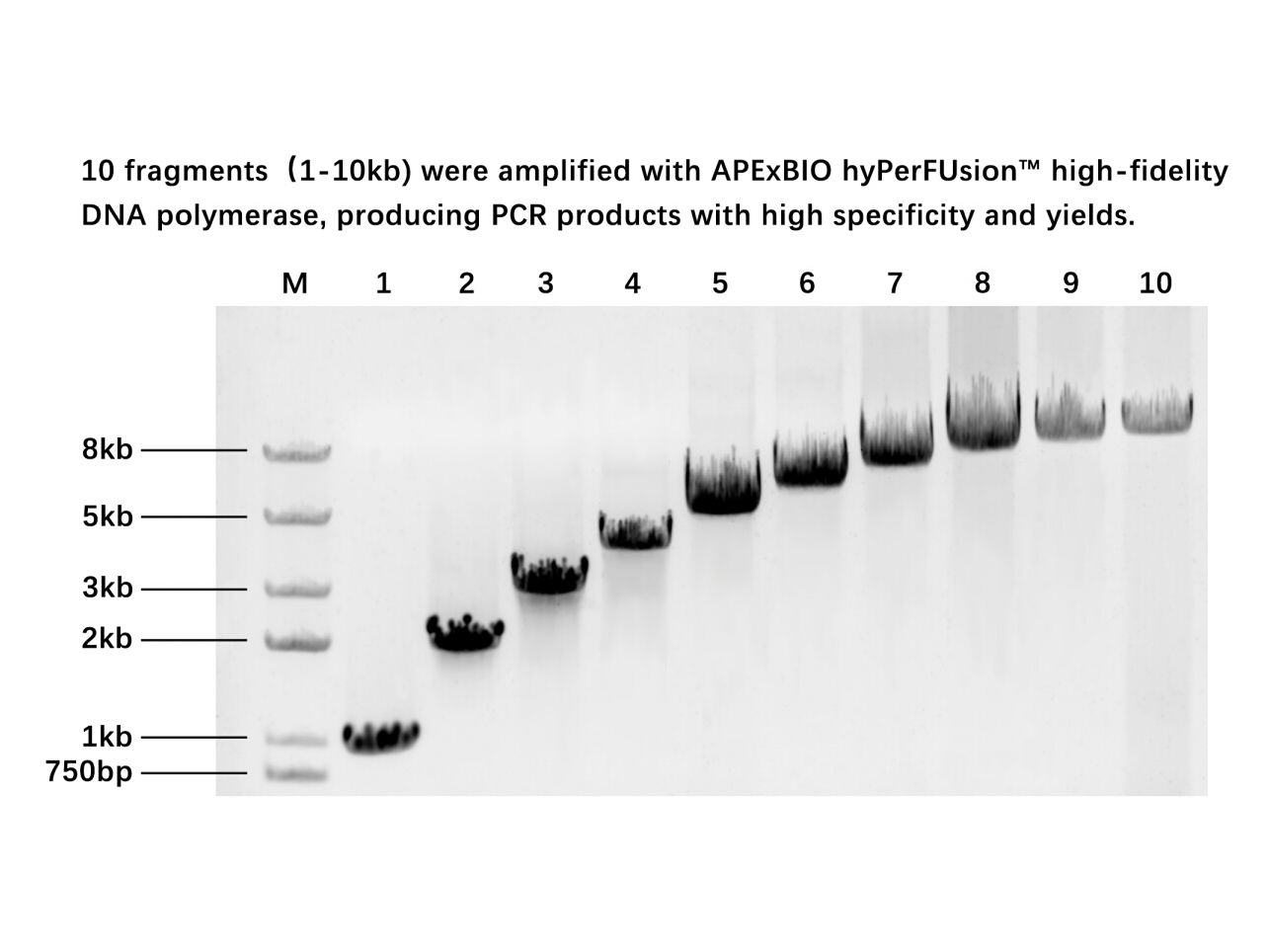
Most excitingly, we found the increased δ-cells hold the ability to trans-differentiate into β-cells in T1D mice. It has been shown that after near-total β-cell loss, juvenile mice display δ-to-β-cell conversion to recover diabetes, involving de-differentiation, proliferation and re-expression of is
-
In addition to the type of
2022-02-21
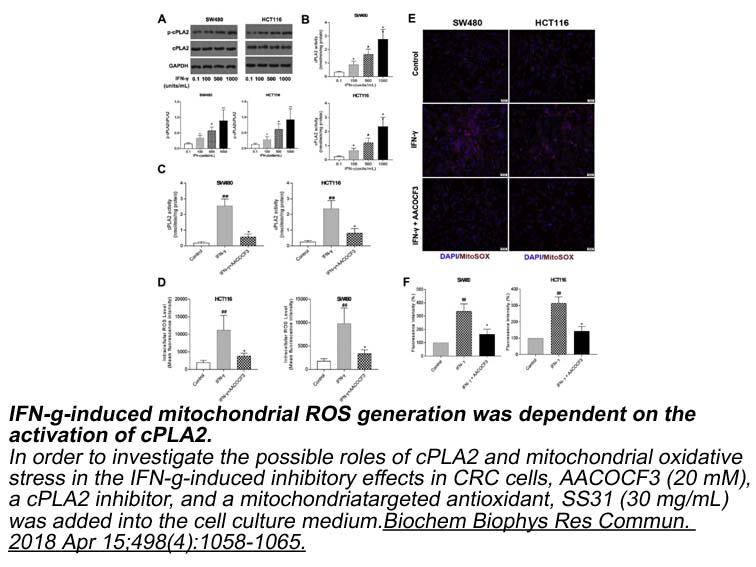
In addition to the type of food consumed, also the effect of calorie restriction (CR), i.e. an intermittent fasting and re-feeding cycles with concomitant fluctuations in the level of glucose and insulin, can affect the course of IBS through the modulation of the BA homeostasis. This type of nutriti
-
Polyunsaturated fatty acids PUFAs represent a class of
2022-02-21
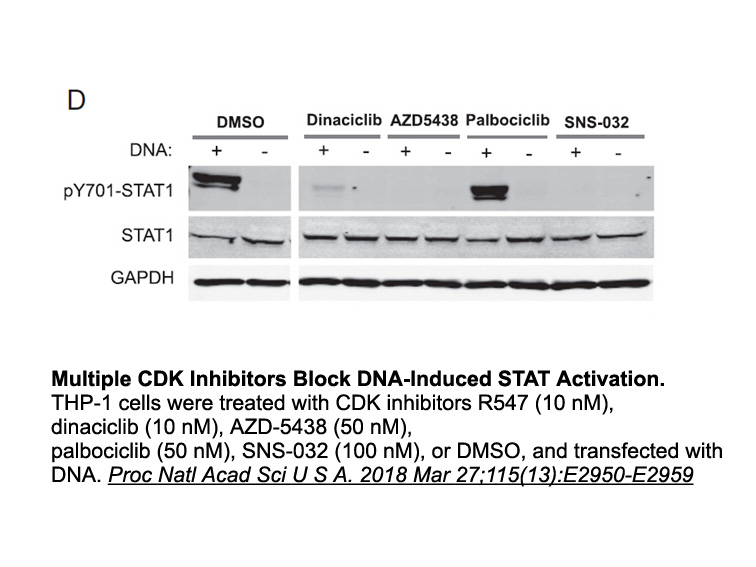
Polyunsaturated fatty acids (PUFAs) represent a class of lipids that contain two or more carbon double (unsaturated) bonds (CC) and classified as n-3, n-6 and n-9 fatty acids. PUFAs including n-3 such as docosahexaenoic signaling (DHA), eicosapentaenoic acid (EPA) and n-6 such as arachidonic acid (A
-
The regulatory effects of NADPH oxidase on ferroptosis might
2022-02-21
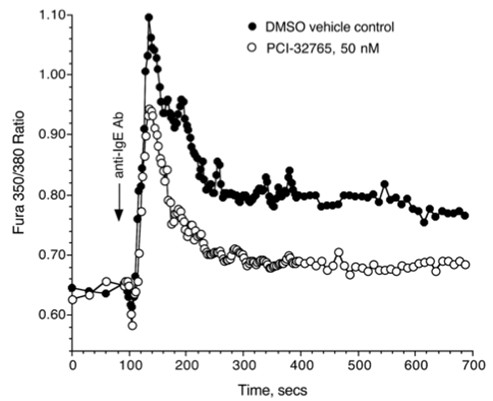
The regulatory effects of NADPH oxidase on ferroptosis might also relate to neuroinflammation. Although ferroptosis can trigger inflammatory responses in the brain, neuroinflammation, in turn, can also modify ferroptosis. It has been reported that inflammatory conditions such as those found in neuro
-
One PKC target that controls
2022-02-21
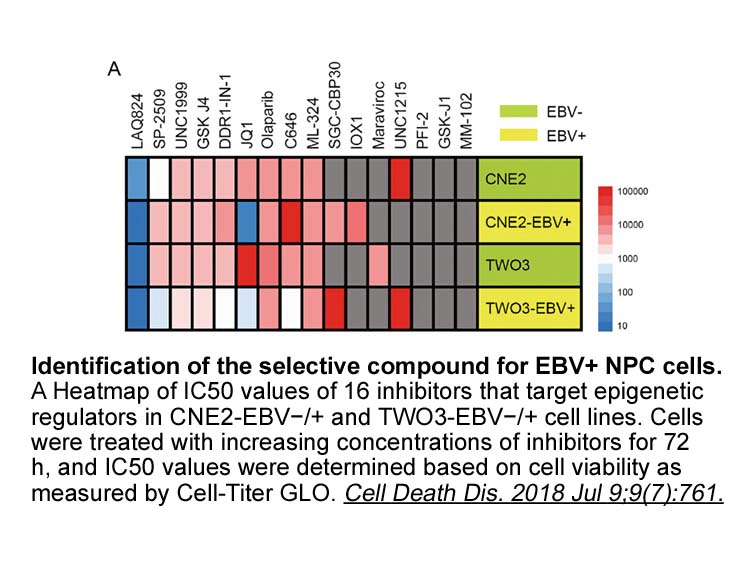
One PKC target that controls cortical sglt-2 structure is a well-known actin crosslinking protein, myristoylated alanine-rich C-kinase substrate (MARCKS). MARCKS cross-links actin and binds PIP2 and this binding activity is regulated by PKC phosphorylation [82]. Activation of PKC releases MARCKS fr
-
It has been suggested that
2022-02-21
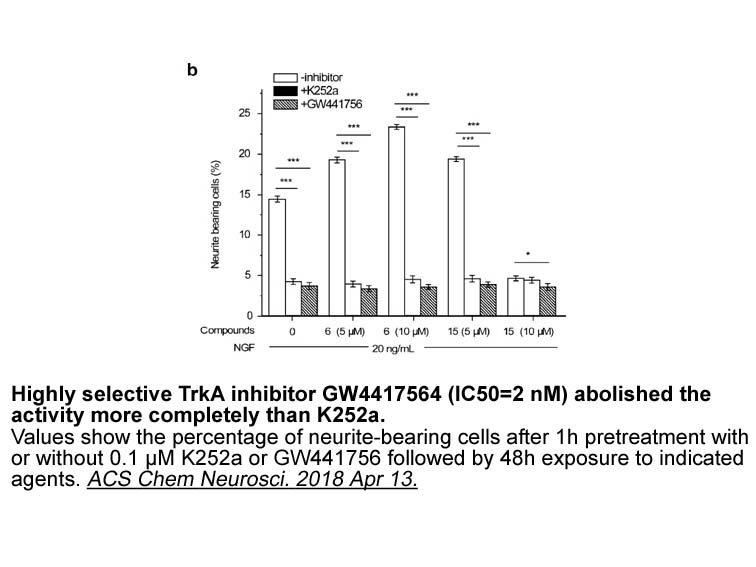
It has been suggested that MAPK (Huang et al., 2013, Uddman et al., 2003, Xu et al., 2008) signaling pathway is involved in the transcriptional upregulation of ETB receptor. The present study demonstrated that treatment with CsA increased phosphorylation of ERK1/2 and p38. Inhibition of ERK1/2 and p
-
br Conflict of interest br Acknowledgements
2022-02-21
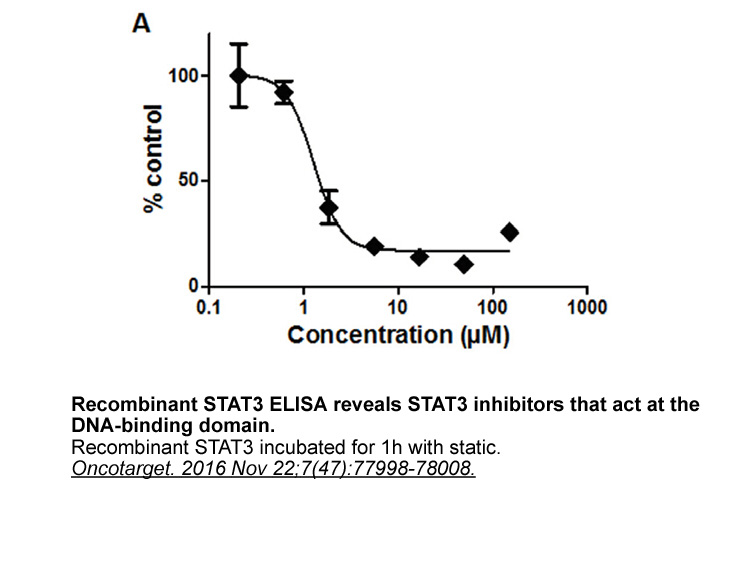
Conflict of interest Acknowledgements This work was funded by the University of Turin (ex60% 2014), World Wide Style Project (WWS; University of Turin/Fondazione CRT) and University of Florence (ex60% 2014). ACR and AP designed the study; AP, EB and IO conducted the literature search and analy
-
br Results and discussion br
2022-02-21
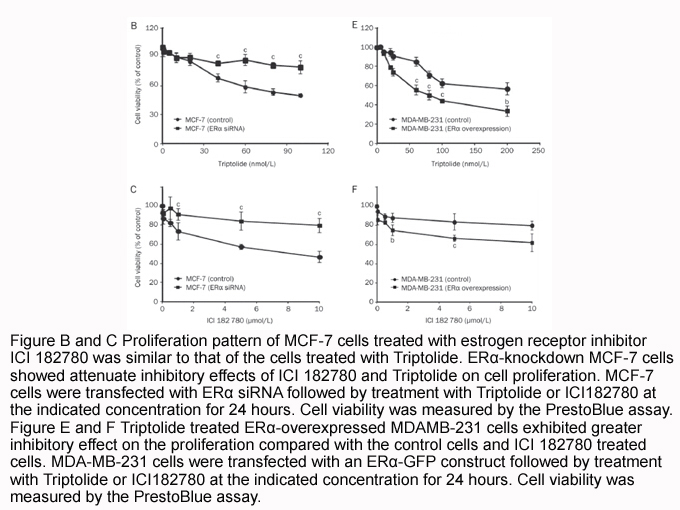
Results and discussion Conclusions A series of novel HDAC inhibitors comprising the thioquinazolinone were designed and synthesized. These derivatives were evaluated for their antiproliferative activities against several human cancer cell lines. Then we chose compounds 7a, 4i, 4o, and 4p to fu
-
Roughly million people who are
2022-02-21
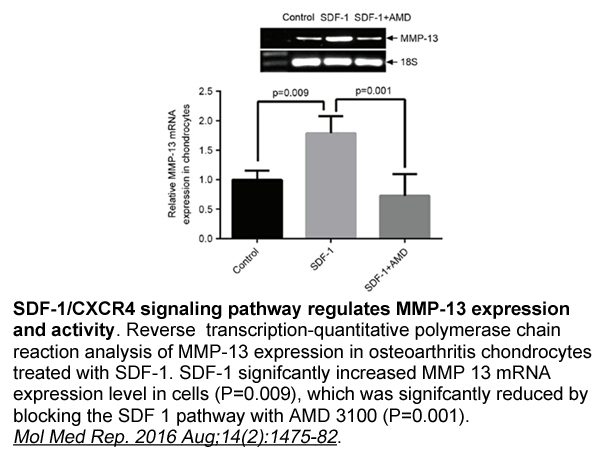
Roughly 15 million people who are currently infected with HBV are co-infected with the hepatitis D virus (HDV) (WHO, 2017b). The superinfection not only leads to more severe liver damage and early onset of cirrhosis, but also to a higher mortality than HBV mono-infection (Rizzetto, 1983; WHO, 2017b)
-
CORM-3 The molecular mechanisms underlying spindle orientati
2022-02-21

The molecular mechanisms underlying spindle orientation are still largely unknown. Budding yeast has been used to study spindle positioning and asymmetric cell division. Indeed, after cytokinesis, daughter cells have different sizes. The cell division plane is established early in the cell cycle and
-
We have shown previously that activation of the TGF Smad
2022-02-21
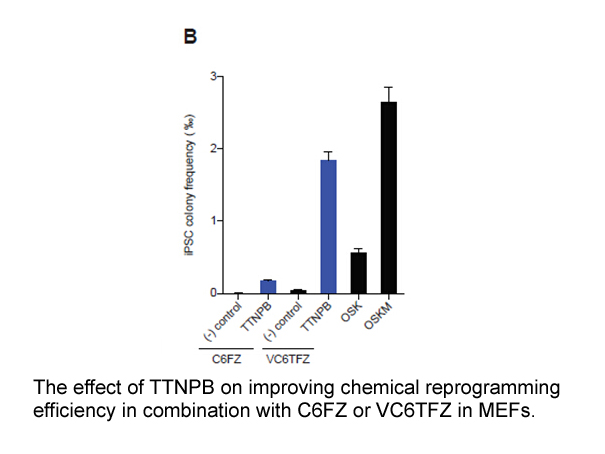
We have shown previously that activation of the TGFβ/Smad signaling pathway in keratinocytes regulates UNC 0646 mg cytoskeleton organization via non-genomic and genomic mechanisms and that RhoB gene is a target of Smad proteins [12,13]. Although the role of RhoB in early non-genomic TGFβ-induced ce
-
GSK can function in regulating
2022-02-21
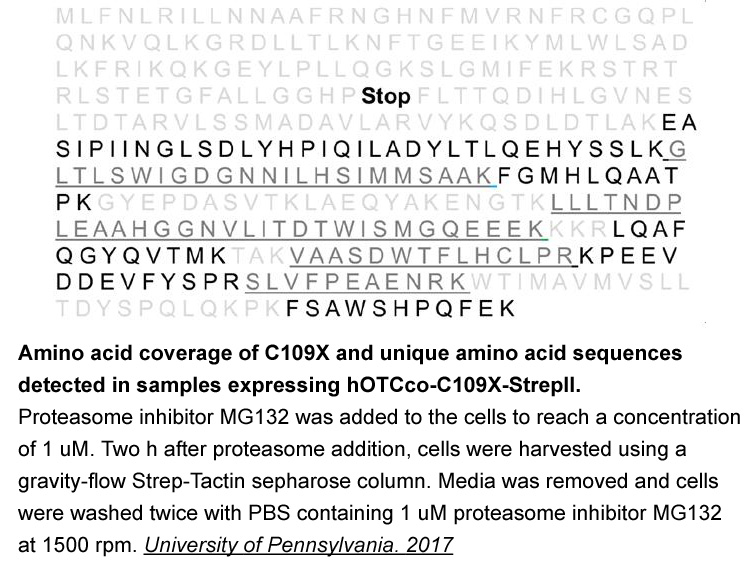
GSK-3 can function in regulating insulin signaling and glucose metabolism. Inactivation of GSK-3 activity results in dephosphorylation and activation of GS that leads to improved glucose tolerance. However, there are additional mechanisms that can lead to increases in GS activity and improve insulin
15006 records 471/1001 page Previous Next First page 上5页 471472473474475 下5页 Last page